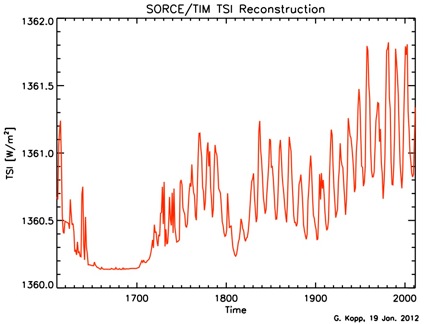If you believe NASA, you had better buy some extra mittens:
This explains it all:
Why the sun going blank means a ‘Game of Thrones’-like winter is coming
Given that the sun is the main driver of all weather and climate, the sinister-sounding “blankness” to which Dorian refers has some experts predicting a “Maunder Minimum” phase similar to one which began in 1645 and which is referred to as the “Little Ice Age.”
The Maunder Minimum, named after solar astronomer Edward Maunder, lasted for a brutal 70 years and conditions were so cold, the Thames froze over.
A slightly less intense ice age-like period called the Dalton Minimum — after British meteorologist John Dalton — arrived decades later and lasted from about 1790 to 1830.
“If history is any guide, it is safe to say that weak solar activity for a prolonged period of time can have a cooling impact on global temperatures in the troposphere which is the bottom most layer of Earth’s atmosphere — and where we all live,” Dorian says.
Dorian’s findings back research by professor Valentina Zharkova of Northumbria University, who warned that a predicted sharp decline in solar activity between 2020 and 2050 was a sign that another ice age was coming.
“I am absolutely confident in our research,” Zharkova said.
This explains it all:
Why the sun going blank means a ‘Game of Thrones’-like winter is coming





